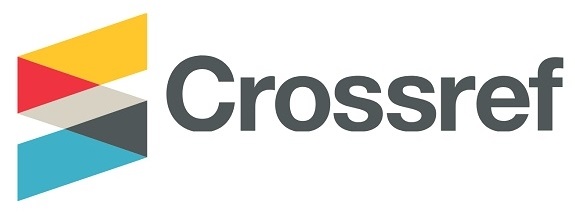APPLICATION OF PIPE INSPECTION AS ONE OF PREVENTIVE SAFEGUARDS IN PROCESS SAFETY
DOI:
https://doi.org/10.36277/identifikasi.v7i1.142Abstract
Process Safety is a branch of the science of safety that focuses on special accident control and characteristic of the process industry. Process Safety focuses on preventing the acute release of energy or substance in harmful quantities and limiting the magnitude and consequences of the discharge event. Process Safety can be achieved by reducing hazards and risks incurred at a wide acceptable level by the organization and / or society (Marshall and Ruhemann (IIPS), 2007). One such release is the Loss of Primary Containment (LOPC) which according to the American Petroleum Institute Recommended Practice (API RP) 754 is the release of flammable, toxic, corrosive, reactive, thermal, and pressure material from primary containment which includes: tanks, pressure vessels, pipes, trucks, rail cars, or equipment as primary containers or used for processing with the potential to cause damage. In the American Petroleum Institute Recommended Practice (API RP) 750 elements of Assuring The Quality and Mechanical Integrity of Critical Equipment that pressure vessels, machines and pipes shall be designed, manufactured, installed and maintained or inspected in accordance with required requirements. One form of corporate
risk management is to conduct inspections as one of the Preventive Safeguards in Process Safety to prevent Loss of Primary Containment (LOPC).
Keywords: Implementation of Inspection, Preventive Safeguard, Process Safety
References
American Petroleum Institute Recommended Practice 14J, 2007. Recommended Practice for Design and Hazards Analysis for Offshore Production
American Petroleum Institute Recommended Practice 750,
Management of Process Hazards
American Petroleum Institute Recommended Practice 754,
Process Safety Performance Indicators for The Refining and Petrochemical Industries
American Society of Mechanical Engineers B 31.3, 2014. Process Piping
American Society of Mechanical Engineers B 36.10M, 2000. Welded And Seamless Wrought Steel Pipe
American Society of Mechanical Engineers Boiler and Pressure Vessel Code V, 2010. Nondestructive Examination
Center for Chemical Process Safety, 2012. Guidelines for Engineering Design for Process Safety
Occupational Safety and Health Administration 3132, 2000. Process Safety Management
James T. Reason, 1990. Among these are Human Error
Marshall, Vic dan Ruherman, 2007. Fundamentals of Process Safety OSHA 3132, 2000.
Process Safety Management
Moleong, 2000. Metode Penelitian Kualitatif
Moleong, 2010. Metode Penelitian Kualitatif
Rasmussen, 1975. Safety Reactor Study
Sertifikat No. CII/HYD/433-F- 1~6/I/15-BPN, 2015. Hydrotest
Sertifikat No. CII/THK/433-D- 1~78/I/15-BPN, 2015.
Thickness Piping
Sertifikat No. CII/THK/017-F- 1~75/I/16-BPN, 2016.
Thickness Piping
Sugiyono. 2007. Metode Penelitian Kuantitatif Kualitatif dan R&D
Sugiyono, 2012. Metode Penelitian Kuantitatif, Kualitatif dan R&D
Sukmadinata, Syaodih Nana, 2006.
Metode Penelitian Pendidikan
Sulaksmono, M, 1997. Manajemen Keselamatan Kerja
Sulistyo dan Basuki, 2006. Metode Penelitian
Sulistyo dan Basuki, 2010. Metode Penelitian
Suma’mur, 1996. Higiene Perusahaan dan Keselamtan Kerja.
Suma’mur, 2009. Higiene Perusahaan dan Keselamtan Kerja.
Tarwaka, 2012. Dasar-dasar Keselamatan Kerja Serta Pencegahan Kecelakaan di Tempat Kerja
Undang-undang No. 1 Tahun 1970.
Tentang Keselamatan Kerja
Wiley, 2008. Incident That Define Process
Downloads
Published
How to Cite
Issue
Section
License
Copyright (c) 2021 IDENTIFIKASI

This work is licensed under a Creative Commons Attribution-ShareAlike 4.0 International License.









